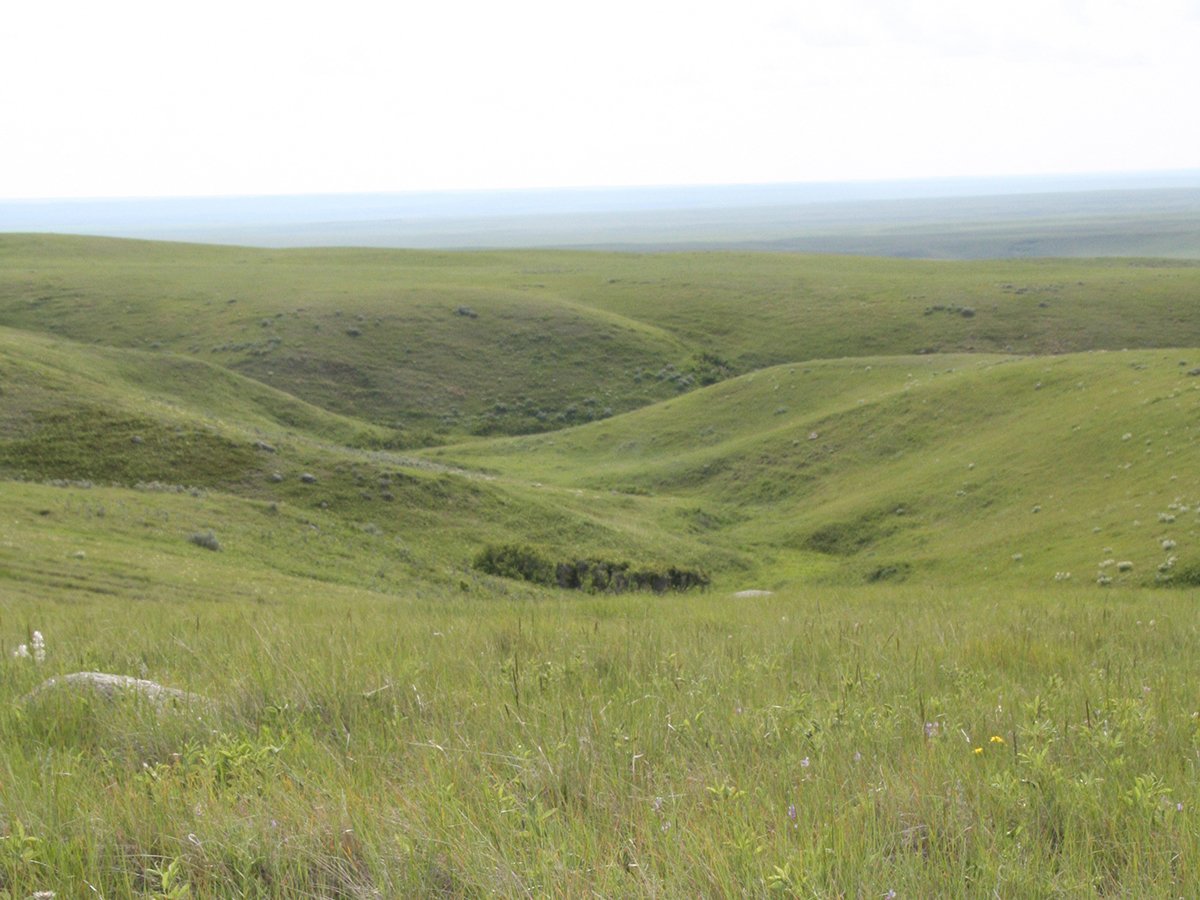NASHVILLE, Tenn. – The American beef industry is inching toward a national cattle identification program.
Terrorist attacks, biosecurity threats and foot-and-mouth disease in Great Britain created a wake-up call for the American cattle industry, says Ohio beef producer Gary Wilson.
“How many of us could have forecast these things or their impact?” said Wilson, who chairs the National Cattlemen’s Beef Association’s cattle health committee and sits on the national identification task force committee.
The proposed identification system would monitor animal disease, surveillance, control and eradication in the United States.
Read Also

Alberta irrigation project on grasslands approved
Environmental concerns raised by Alberta conservation groups over irrigation expansion project within rural municipality
Julie Stitt, manager of the Canadian Cattle Identification Agency, was invited to talk about Canada’s experience at a meeting of NCBA’s animal identification committee held during the NCBA convention in Nashville.
“They’re thinking of using the same type of standards as Canada used,” Stitt said.
The Americans said the Canadian system works well for animal health issues, but noted it would not prove country of origin for new meat labelling requirements that become mandatory in two years.
The Americans fear they lack the ability to track animals in the event of a serious disease outbreak, Wilson said during the animal health committee session.
U.S. disease control policy stops all animal movement in the event of a disease outbreak such as foot-and-mouth. Without identification, it could take weeks to determine the source and extent of the disease.
In the case of a fast-moving disease such as foot-and-mouth, the infection could spread out of control.
The national identification task force committee has said any identification must show where an animal has been within 48 hours. The system needs the capability to identify, within two days of discovery, all livestock operations, feed yards, markets and other stops in the marketing chain that had direct contact with a diseased animal. The national committee recommends that movement of individual animals or units of animals be recorded into a central database, or a seamlessly linked database infrastructure.
Herd identification is the first step.
The next phase provides animals with an official tag that carries a unique visual animal identification number. Electronic identity is the final phase.
A group or lot ID number would be used for market hog identification.

















